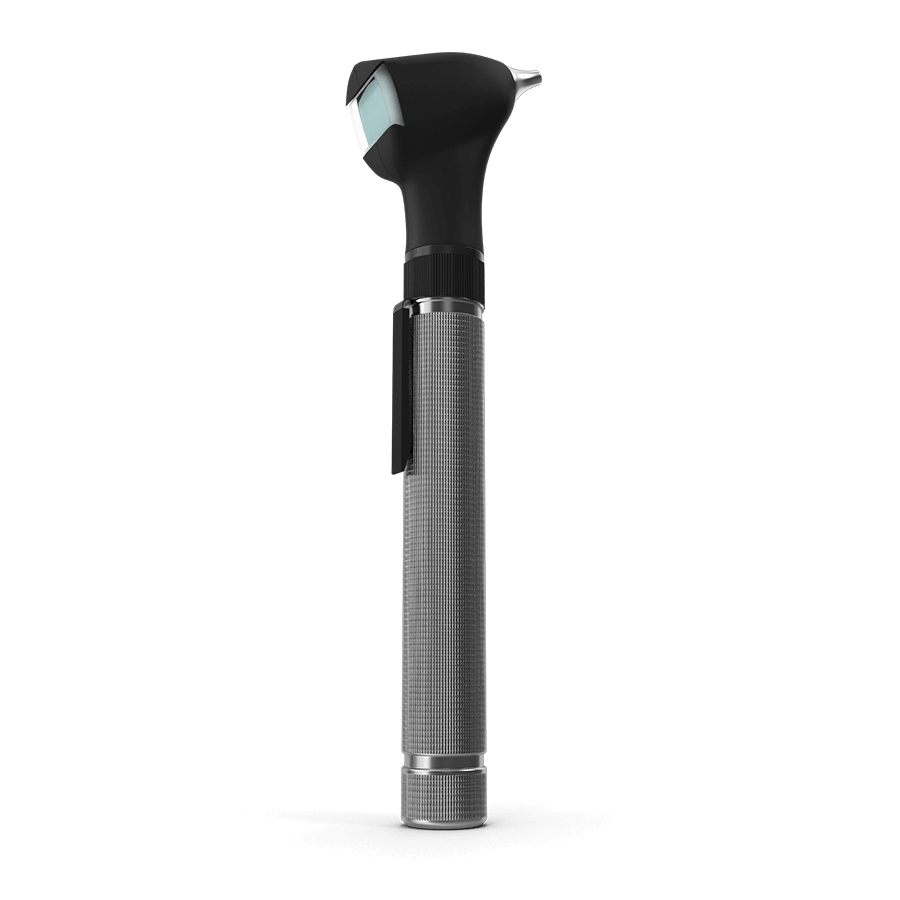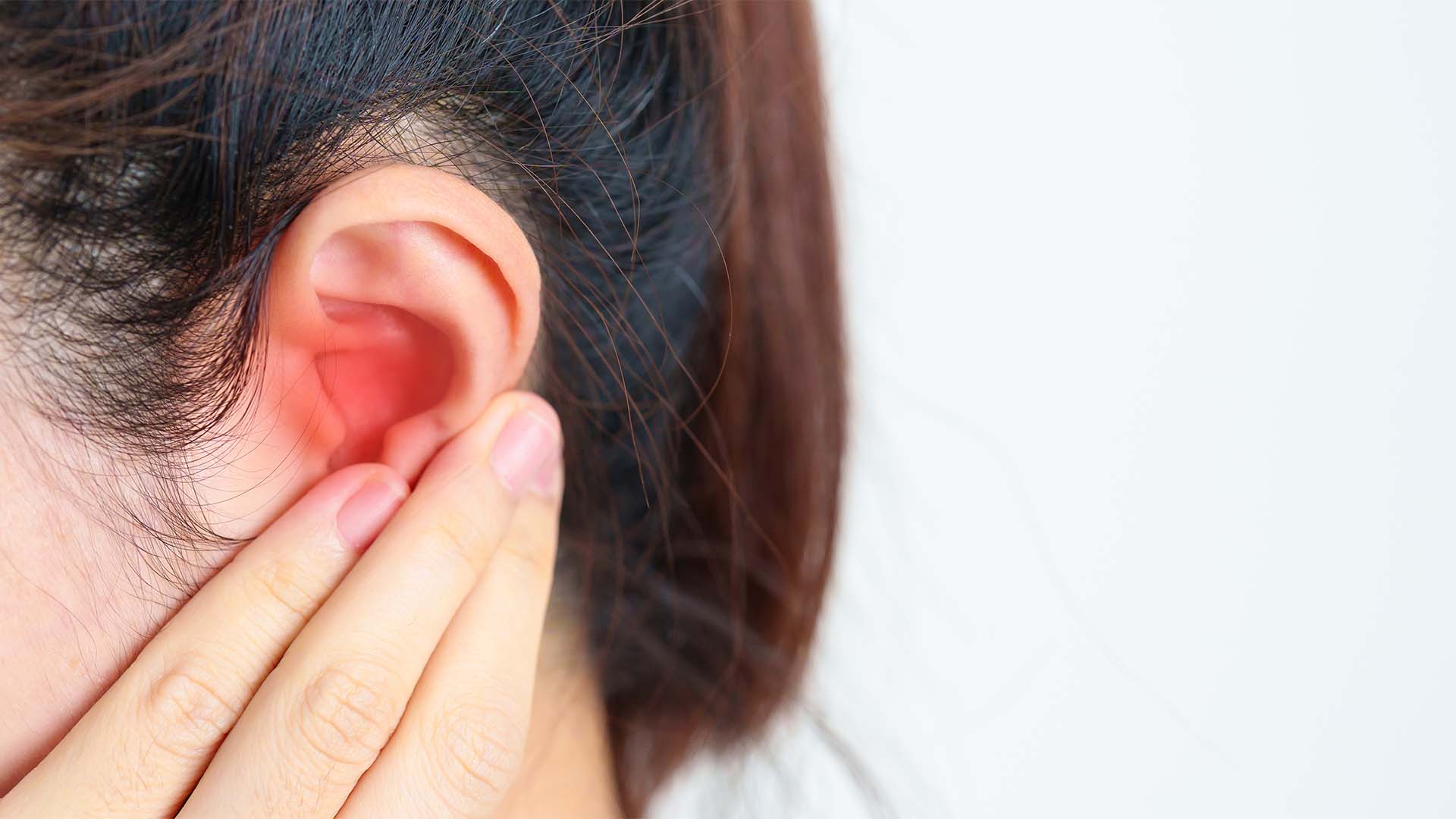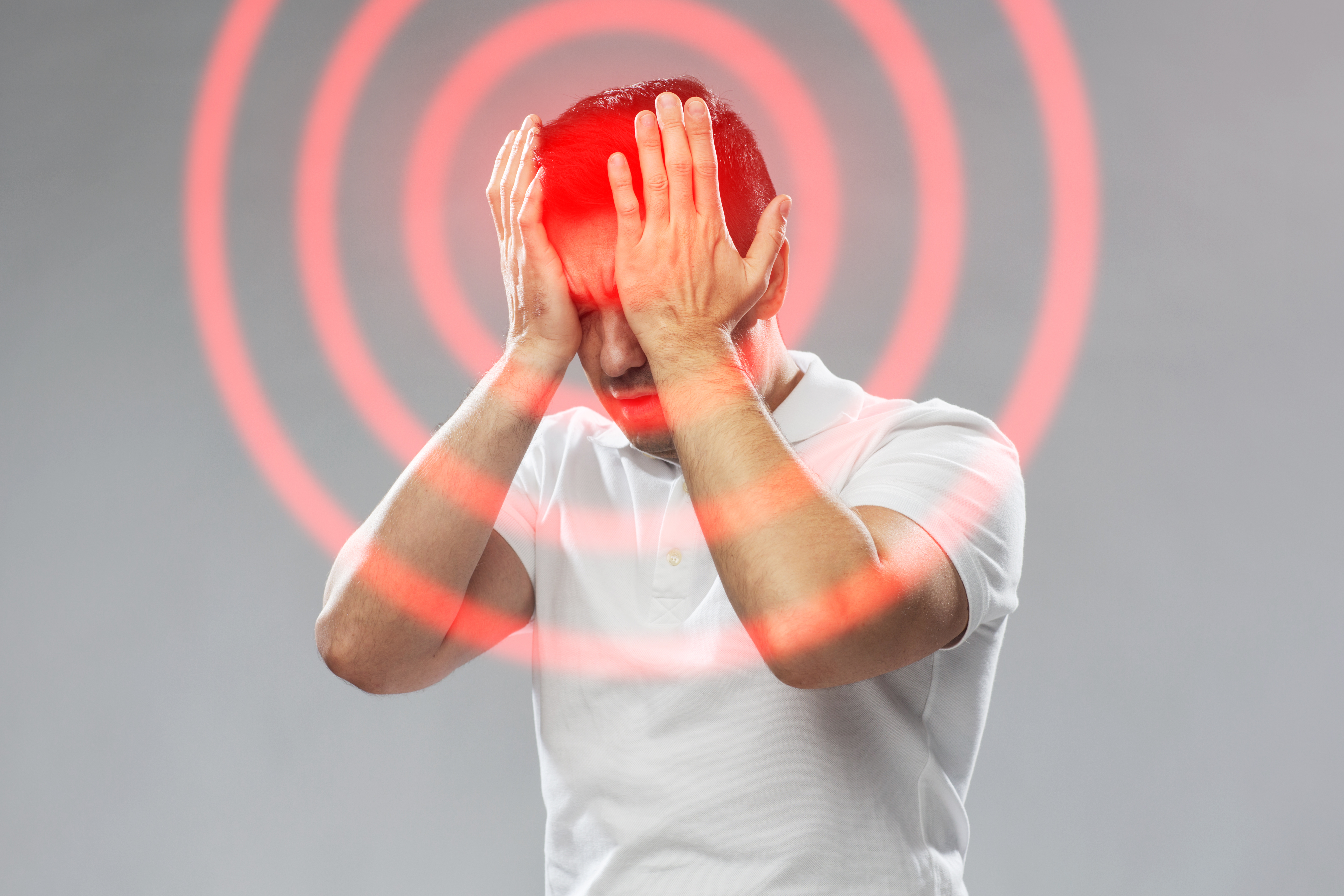Introduction
Picture this: you’re in the heart of the city, the urban jungle where the hum of life is a constant backdrop. The sun is setting, casting a golden hue over the skyscrapers, and the park is teeming with joggers, cyclists, and yoga enthusiasts. Among them is Jordan, a tech-savvy professional in their early 30s, who thrives on the energy of the metropolis. Jordan has recently been fitted with hearing aids and is determined not to let them interfere with an active lifestyle. The challenge? Merging cutting-edge hearing technology with a passion for fitness in the bustling urban landscape.
Understanding the Intersection of Hearing Aids and Physical Activity
Hearing aids have evolved significantly, becoming more adaptable to various lifestyles. For individuals like Jordan, who maintain an active routine, understanding how to integrate these devices into daily workouts is crucial. Approximately 13% of adults aged 18 and older experience some degree of hearing difficulty, even with the use of hearing aids.
Challenges Faced by Active Hearing Aid Users
Moisture Management
Engaging in physical activities often leads to perspiration, which can adversely affect hearing aids. Moisture is a primary adversary, potentially causing sound distortion or damage to internal components. While many modern hearing aids are designed to resist moisture, this feature is not entirely foolproof over time.
Device Stability During Movement
The dynamic nature of exercises like running or high-intensity interval training can cause hearing aids to shift or become dislodged. Ensuring a secure fit is essential to prevent interruptions and potential device loss. Accessories such as hearing aid clips or specialized headbands can offer additional stability.
Ambient Noise Interference
Urban environments and gyms are replete with background noises that can interfere with hearing aid performance. Features that reduce ambient sound are beneficial, but users must remain vigilant to ensure they can hear important cues, such as approaching traffic or workout instructions.
Strategies for Seamless Integration of Hearing Aids into Workouts
Selecting the Appropriate Device
Not all hearing aids are created equal, especially for active users. Devices with higher moisture resistance ratings and secure fitting mechanisms are preferable. Consulting with an audiologist about lifestyle needs can lead to more personalized device recommendations.
Implementing Protective Measures
Utilizing moisture-resistant accessories, such as sweatbands or hearing aid covers, can safeguard devices during intense workouts. Additionally, drying kits are useful for post-exercise maintenance to remove any accumulated moisture.
Customizing Device Settings
Modern hearing aids often come with programmable settings that can be adjusted for different environments. Creating a specific program for workout scenarios can enhance sound quality and reduce unwanted noise interference.
Active Pro IX from Signia. Ideal aids for active lifestyle.

The Role of Hearing Aids in Enhancing Workout Safety and Experience
Wearing hearing aids during exercise doesn’t just improve hearing; it also enhances overall safety. Being aware of environmental sounds, such as oncoming vehicles or other runners, is crucial in preventing accidents. Moreover, hearing aids can improve balance and coordination, which is beneficial for the vestibular system located in the inner ear, responsible for maintaining equilibrium.
Conclusion
Jordan’s journey through the urban fitness landscape exemplifies the adaptability required to merge modern hearing technology with an active lifestyle. By understanding potential challenges and implementing strategic solutions, individuals with hearing aids can continue to engage in their favorite physical activities without compromise. So, as you lace up your sneakers and set out into the cityscape, how will you ensure your hearing aids keep pace with your active endeavors?
References
National Center for Health Statistics. “QuickStats: Percentage of Adults Aged ≥45 Years Who Use a Hearing Aid.” https://www.cdc.gov/mmwr/volumes/72/wr/mm7206a5.htm
The Hearing Place. “Tips for Exercising with Hearing Aids.” https://thehearingplaceco.com/2017/03/21/tips-exercising-hearing-aids/
Neil Sperling, MD. “Exercising with Hearing Aids.” https://www.neilsperlingmd.com/blog/2022/02/exercising-with-hearing-aids/
Better Hearing Oneida. “Best Practices for Using Hearing Aids While Exercising.” https://betterhearingoneida.com/best-practices-for-using-hearing-aids-while-exercising/







